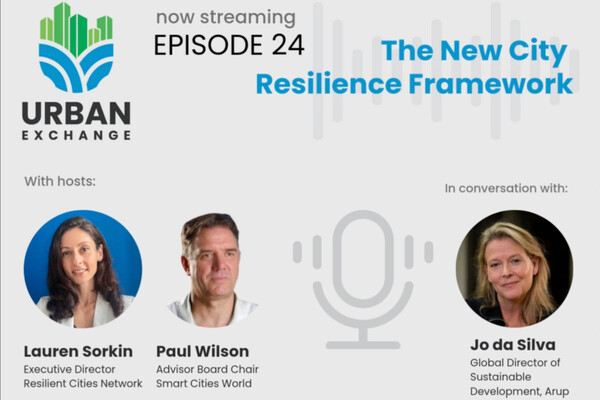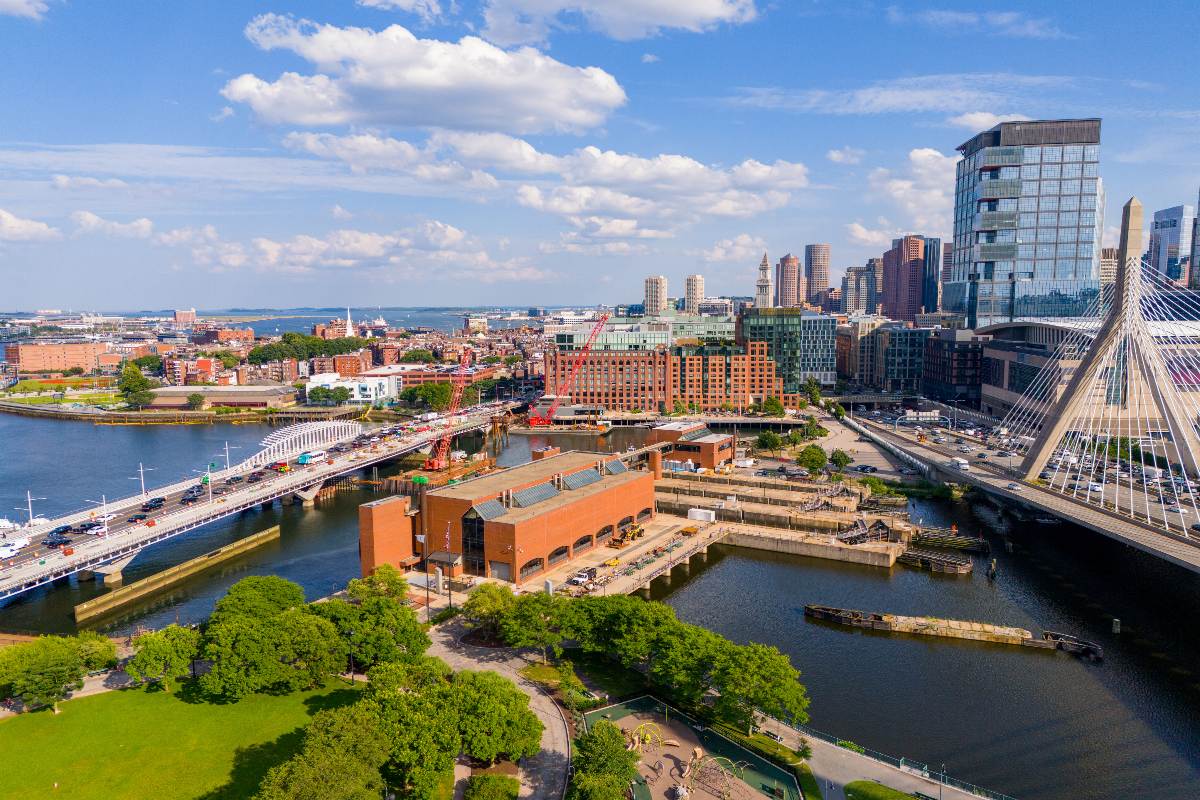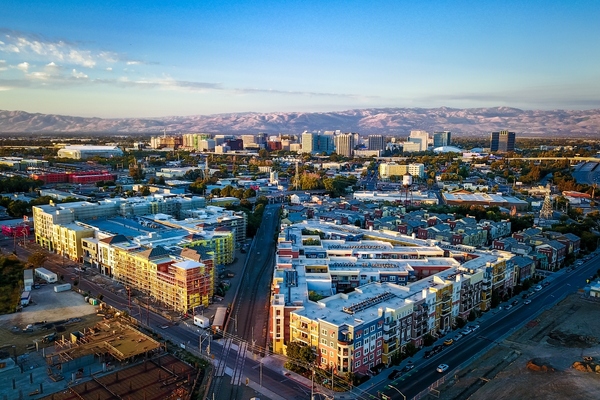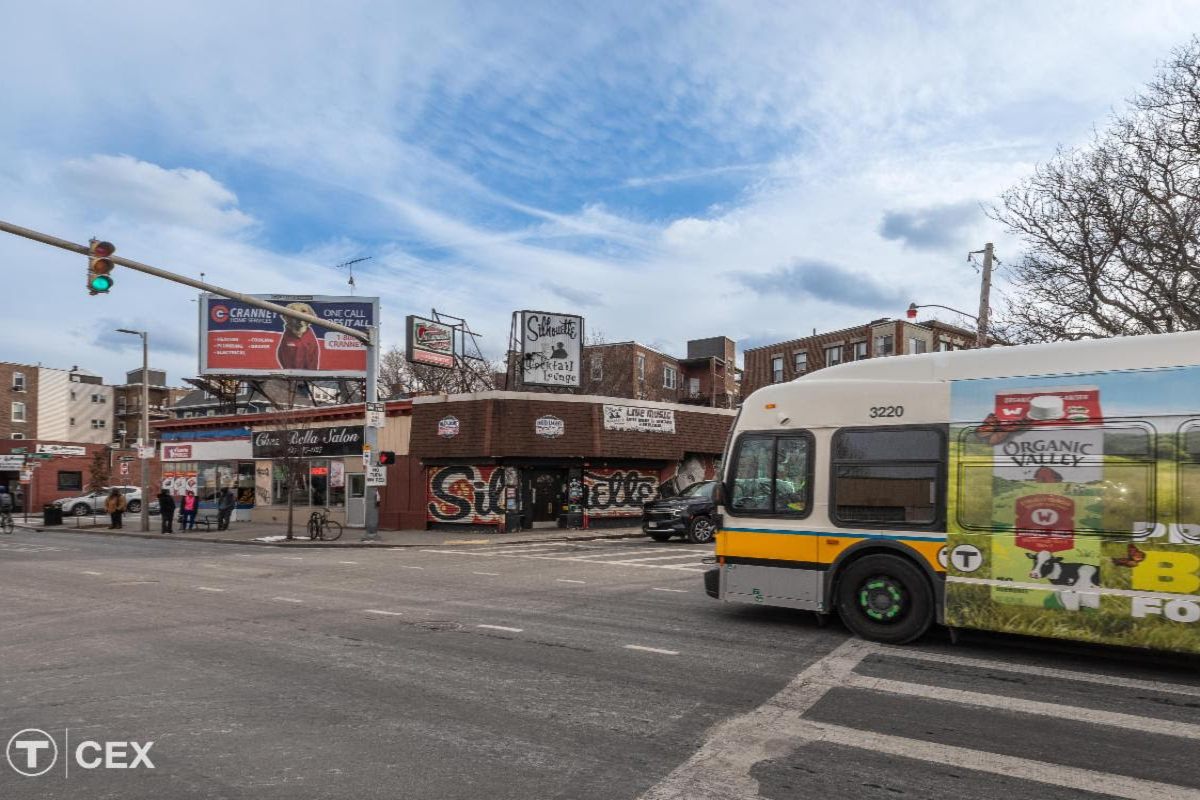Special Reports
SusHi Tech Tokyo 2024: experience ‘Tokyo 2050’ todaySponsored by The SusHi Tech Tokyo 2024 Showcase Program Executive Committee
A solutions-first smart city approach will benefit citizens faster
Smart infrastructural changes are highly valuable for improving our cities. However, they must go hand in hand with targeted, smaller scale solutions that work with existing services and tackle pressing, human challenges, says Hannah Kaner, Orange Bus.
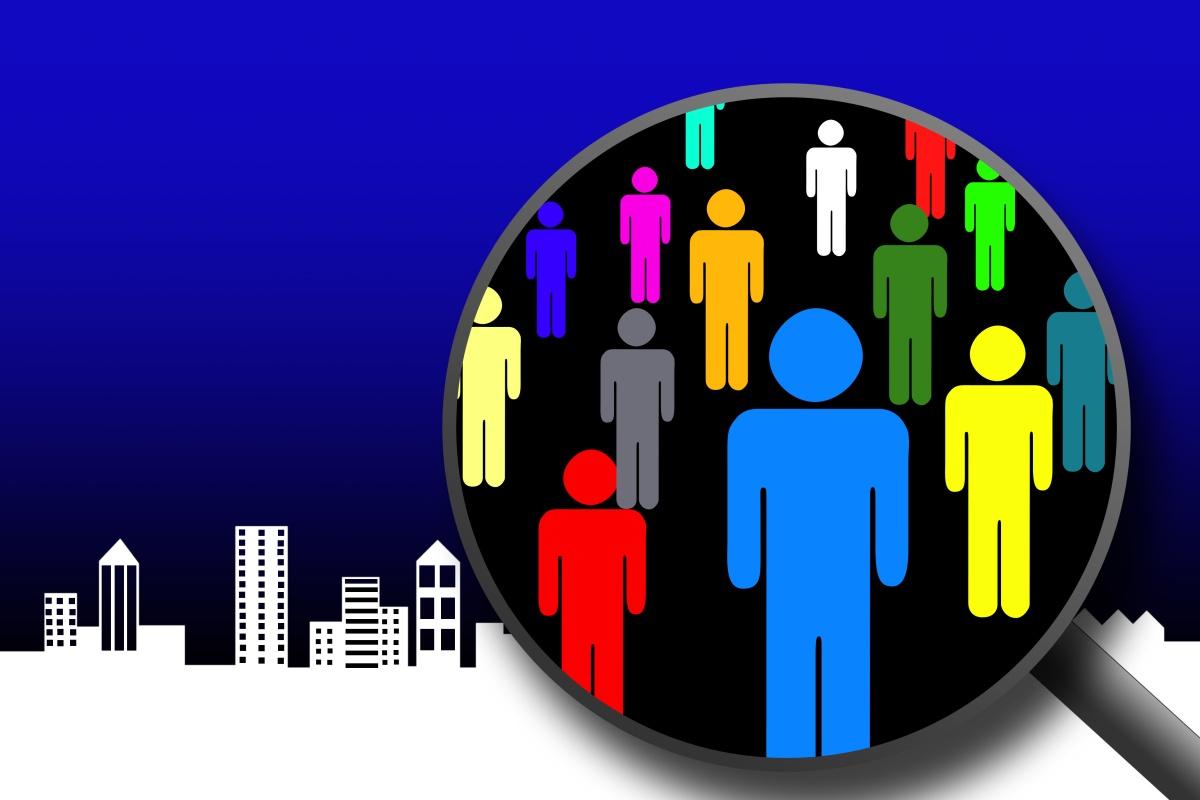
The tangible benefits of a smart city remain long-term and far off to most citizens. More than 4.1 million UK children are living in relative poverty, while social isolation, combined with an ageing population, is having a significant impact on public services. Food bank use is also at the highest rate on record, with the Trussell Trust reporting a 13 percent increase in usage from last year. Cities have problems they need to solve now.
However, smart city changes are typically infrastructural, targeting big problems with even bigger ideas. We retrofit old architecture with new technologies like IoT, sensor arrays, data aggregation environments and smart lighting. These take heavy upfront funding, and the impact for citizens is slow to materialise. Usually we see negative impacts first: algorithmic bias in automated systems, human failure due to poor training or unintuitive design.
New technologies can be hugely valuable, but only if what they change for the city and its citizens is accessible, usable, resilient and beneficial in the short and long term.
Big data can mean big mistakes
Our first approach to tackling this problem has been to acquire more data, typically without understanding how best to utilise it. Big data acquired passively through sensor-driven technology and online analytics is difficult to contextualise and apply to specific situations that affect city users; it is ‘thin’ data, heavily biased and heavy-handed.
In fact, the primary benefits of big data tend to benefit citizens who need help the least. The affluent, digitally literate, able-bodied, housed and mobile-connected citizens are able to report missed bins, to hail a taxi, to plan investments or take fun VR (virtual reality) tours of their neighbourhood.
However, users who are in precarious living situations, who are disconnected financially from the day-to day-swift movements of a civic space, or who are struggling with the daily, practical aspects of living, often see few benefits from the city upgrading around them. They are not caught in the broad brush of big data aggregation and use.
Recognising the weaknesses of trends in smart city development leads to a growing understanding that the next stage of work has to change. Citizens are important stakeholders in their city and new development needs to focus on a future that is as liveable as it is digital.
However, the political and economic environment is tense, and long-term benefits are hard to draw into business cases. Meanwhile, many citizens are struggling.
Street smarts
Interrogated across qualitative information gathered from the citizen’s point of view, ‘big data’ can become ‘contextual data’. Solutions-driven smart development focuses on finding and targeting problems that are causing harm, and carefully validating solutions with the users who need them.
This is a research-driven approach, tackling quantitative data with qualitative rigour. Importantly, it involves real, practical and co-designed solutions with the people who will be using them. Smart streets need street smarts, and that is something that only citizens can provide. With this approach, large-scale data can be interrogated and refined with citizens’ problems at the centre.
Engaging citizens in this focused way can produce surprising and robust opportunities for change, and tackle complex problems.
Specific solutions for specific issues
Driving out specific solutions for specific problems is easier said than done; improvements are often on a small scale, even when they are impactful. Sometimes these will have to be quick wins that save citizens and cities time and money, such as parking or travel apps that capitalise on locally available data and demand-driven services. These apps continue to target that safe, wider market, which has the capacity to experiment with their data and digital habits.
However, it is possible for research-driven solutions to be more targeted to deeper-seated issues. Social safety, for example, for mothers looking for places to breastfeed their children, is addressed with the FeedFinder app, which helps to direct breastfeeding mothers to areas where they feel they have a community and safety.
Loneliness within an aging population requires care which can be targeted through the use of voice user interface (VUI) technology. This can be used to structure easy reminder tasks and simple engagements throughout a day, meaning care visits can be longer and more socially stimulating.
Such smart ‘solutions’, often manifesting as applications, are not catch-all but they contribute to the ecosystem of ‘smart’ that is predicated on behaviour change as well as infrastructural improvement. They work with citizens to change the way they interact with their city, improving that relationship and creating safety nets for those left out of the sweep of big data.
Short-term success, long-term improvements
Applications, engineered to have high uptake within their target population, can also be used to measure the successes of their intervention. Focused analytics around a solution and engagement behaviours should be used to reflect upon wider scale city targets.
This can be achieved through simple data sets, easily acquired through targeted application: how many users complete journeys within the app? How does this correlate against reducing numbers of users who have been forced to use a call-in or emergency service? Such data can be measured over smaller interims of three to six months rather than three to six years.
Cities also need to know what technologies won’t work, as well as what will. They need to understand the right point at which to introduce changes that will positively affect behaviours – technology that populations are ready for and willing to adopt swiftly.
Don’t ‘fail fast’, fail safe
A ‘fail fast’ approach that implements a functional solution that no one engages with is risky for citizens as well as for city finances. A solutions-driven approach grounded in research isn’t fail fast, it’s fail safe.
Implementing and iterating targeted solutions means that we can support the behaviours that city areas need to see, contributing to economic and environmental sustainability, as well as consistency and quality of public services.
Furthermore, a solutions-driven approach creates opportunities for impact even prior to the implementation of a new technology. It is a brilliant way to engage citizens in their own city and change local governments’ outmoded approaches to citizen interaction. Smart technology as an aspiration and current technology as we use it can both be used to better focus problem-solving and solutions-driven approaches.
Smart, infrastructural changes are still highly valuable: data, connectivity, sensors and network analysis are all important for retrofitting cities with the capabilities for future smart development and creating vital improvements.
However, these changes need to go hand in hand with targeted, smaller scale solutions that work with services, not just instead of them. A solutions-driven approach can begin to solve problems that face us now, as well as over time. It can change the way smart citizens interact with their city.






